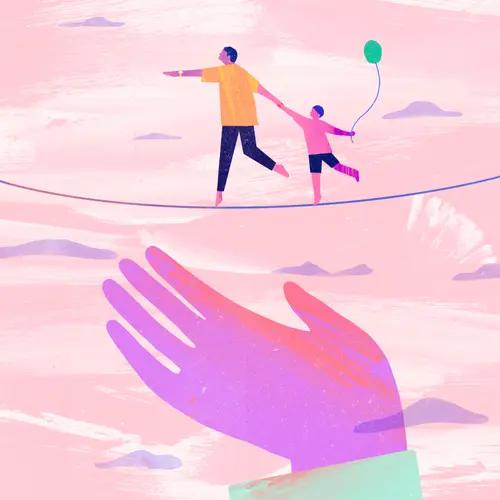ADHD is one of the most common childhood mental disorders. More than 6 million children in the U.S have been diagnosed with ADHD. Boys are more than twice as likely to have it than girls.
Some researchers think that being male may put you at higher risk for ADHD. But many believe girls are just less likely to be diagnosed. They tend to have subtler symptoms that are easier to overlook.
Different Symptoms in Boys and Girls
Symptoms of ADHD are often different for boys and girls. Boys tend to be more hyperactive, meaning they're fidgety, impulsive, and constantly on the go. Girls with ADHD are likely to have problems focusing and paying attention. But they may be quiet and not disruptive in the classroom.
Boys with ADHD are more likely to:
- Have trouble sitting still
- Be unable to wait their turn
- Interrupt a lot
- Blurt out answers
Girls with ADHD may:
- Get distracted easily
- Daydream
- Have trouble concentrating
- Have trouble following instructions
- Be disorganized
- Forget and lose things
Diagnosing ADHD
ADHD can go unnoticed in both boys and girls. That’s because almost all children, especially younger ones, have trouble sitting still, paying attention, and waiting their turns.
But those things can be signs of ADHD when they keep your child from doing well in school, getting along with others, making friends, and staying out of harm’s way.
ADHD symptoms don’t always fit the gender mold. Some boys are quietly inattentive, and some girls are hyperactive. Parents and teachers may not suspect ADHD in these cases.
Besides less obvious symptoms, there can be other reasons ADHD is less often diagnosed in girls. Girls may mature faster than boys. Some experts think girls might be better able to come up with ways to deal with ADHD symptoms. Also, girls and women are more likely to have anxiety or depression along with ADHD. This could lead to the wrong diagnosis.
ADHD that goes untreated can cause serious issues for children and adults, including problems with school, work, and relationships. That can be especially true for men, since they're less likely than women to go to the doctor and get help.
Many girls with ADHD aren't diagnosed until they're adults. Some realize they have it only when their child gets an ADHD diagnosis. Most ADHD research has been done in boys and men. But women with ADHD are thought to have more distress and lower self-esteem than men with the disorder.
Evaluation and Treatment
If you think your child may have ADHD, talk to your pediatrician about getting an evaluation from a specialist. There's no cure for ADHD. But treatment for the symptoms can help both boys and girls.
Behavior therapy often is recommended for children under 6. A combination of therapy and medicine often is used to treat older children.

